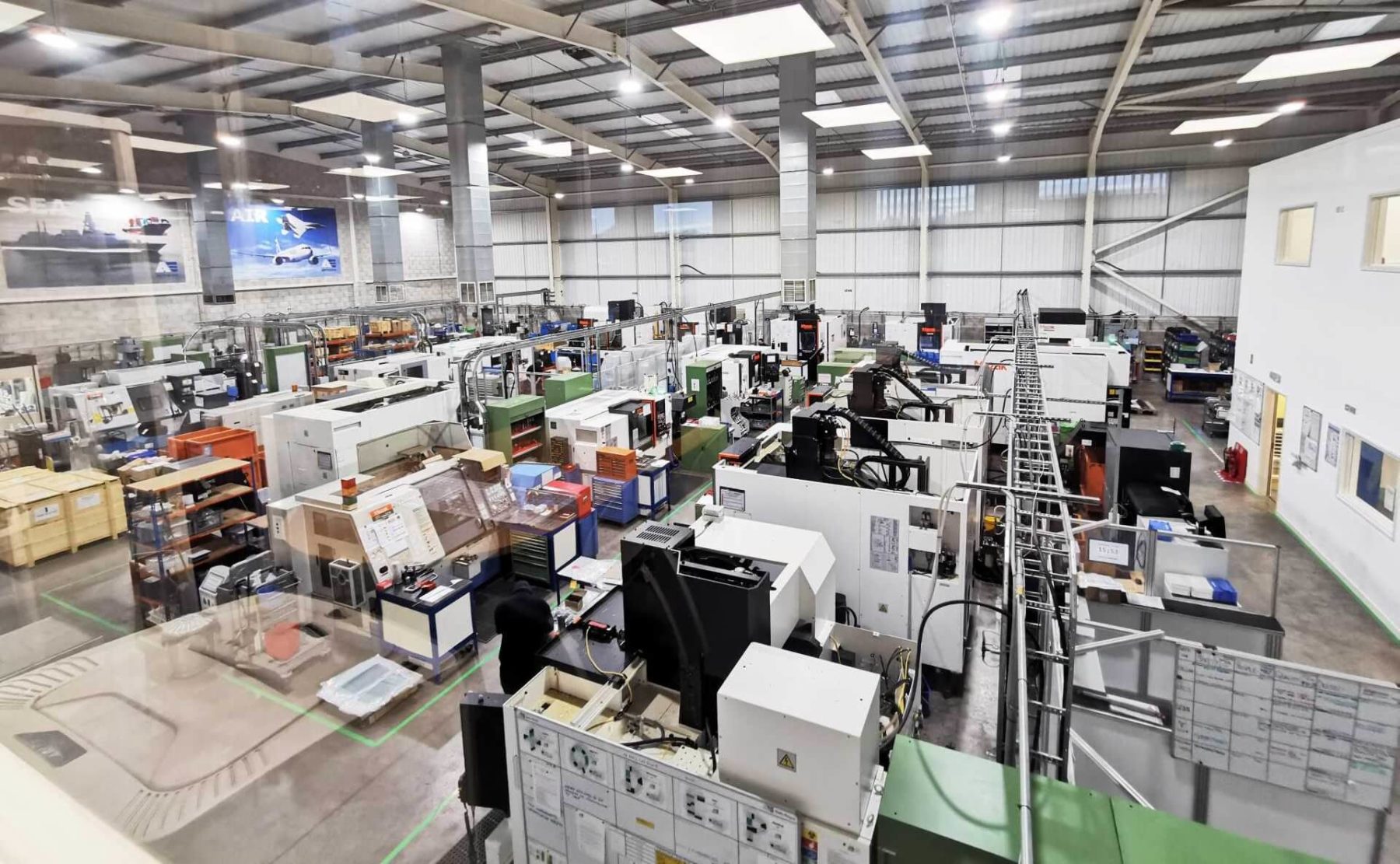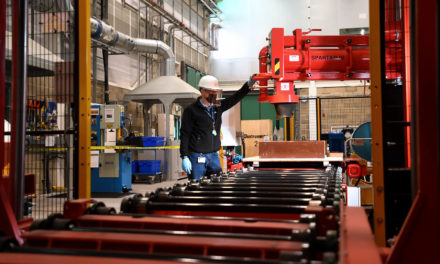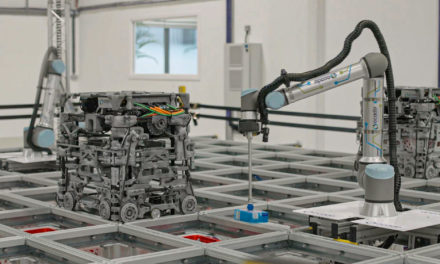How will 5G transform manufacturing
Technologies: 5G Connectivity
Research from Vodafone indicates that the application of new digital technologies in manufacturing could add £3.6bn to the sector’s GVA in 2025, rising to £6.3bn in 2030. But how can we ensure 5G makes a real difference to the industry?
AE Aerospace, a leading manufacturing business in the West Midlands – working with the West Midlands 5G programme – is using 5G to track and monitor tools and machine parts, checking for calibration, usage and faults. This means fewer ‘lost’ assets being unnecessarily replaced, fewer outputs failing subsequent quality control checks and a shift to a predictive maintenance model, with the ability to identify defects an estimated 75 days earlier. The increased bandwidth and ultra-low latency connectivity offered by 5G will enable greater product control within supply chains: with surging customer demands and pressure on margins, identifying issues sooner is crucial for both profitability and sustainability.
5G and industrial digital technologies such as augmented and virtual reality can also be used to assist and upskill workers on-site. 5G’s enhanced mobile broadband (eMBB) enables streaming of Ultra HD video, which can provide staff with interactive training over mixed reality, utilising real-time data. The 5G Factory of the Future project is using augmented and mixed reality technologies for assembly, maintenance and inspection activities; content will be directly fed to a worker at the point of use via devices such as wireless handheld tablets. Amid an ageing workforce and lack of digital skills – 60% of the engineers in the UK are over the age of 50 – 5G can help to decentralise expertise and therefore act as a lifeline for the sector.
The ultimate end goal may be a transition to ‘dark factories’, where fully automated production lines don’t require lighting, saving huge amounts of energy. Due to high bandwidth and ultra-low latency, 5G also enables robots to complete more complex tasks than ever before. 5G and Industrial IoT can ensure monitoring and optimisation of factory conditions, such as temperature, energy and humidity, helping to identify and correct any deviations which may impact output quality. Critically, these insights can also help manufacturers to understand their optimum energy settings, driving more efficient use of resources.
But that’s not to say that the future of manufacturing is human-free. In fact, 5G can help to facilitate more effective cooperation and interaction between humans and machines. In a ‘world-first’, 5G Connected Automated Logistics (CAL), which is based in the North East, is delivering 5G-connected, autonomous 40-tonne trucks to distribute parts and assemblies across the Nissan plant in Sunderland, linking to many local SMEs in their supply chain. Through 5G, they are able to remotely control these trucks – something not previously possible due to latency issues – and improve worker safety.
Though more benefits and use cases emerge every day, adopting, implementing and unlocking the potential of 5G can seem overwhelming. UK5G – the nation’s innovation network for 5G – is here to help manufacturers find the right resources to map a clearer path to utilising 5G.
Learn more by visiting www.uk5g.org





